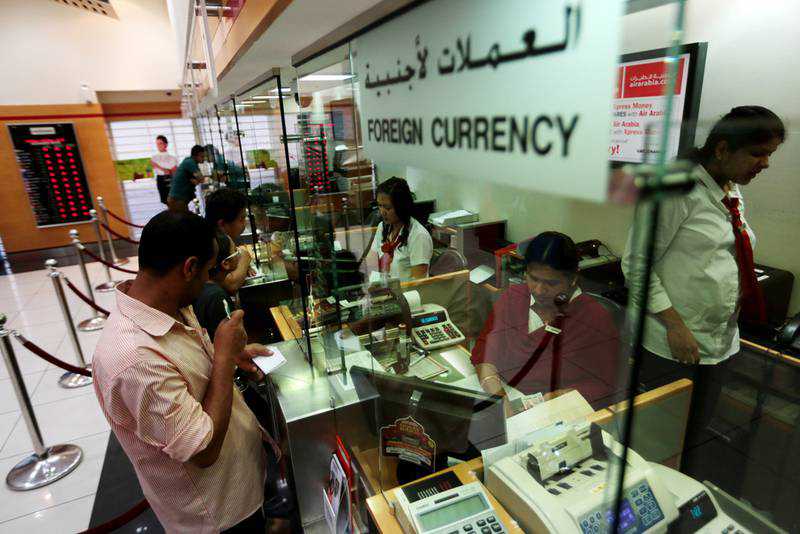Digital currencies can help reduce cost and time of money transfers
29 September, 2021

The use of digital currencies and distributed ledger technology could speed up cross-border transactions and reduce money transfer costs, according to a prototype developed as part of a project undertaken by four central banks and backed by the Bank of International Settlements.
The prototype is developed by the multiple central bank digital currency bridge project (mBridge), which is being carried out by the BIS Innovation Hub Hong Kong Centre, the Hong Kong Monetary Authority, the Bank of Thailand, the Digital Currency Institute of the People’s Bank of China and the Central Bank of the UAE.
The project showed that the use of digital currencies could help complete money transfers across the border within seconds compared to days required currently for banks, the UAE Central Bank said on Tuesday.
The cost of cross-border payments could also be halved, the CBUAE said, citing the project report.
“The prototype is part of our efforts to design CBDC technology,” said Benoît Cœuré, head of the BIS Innovation Hub. “The project includes experimenting with use cases and trials, balanced with analysis of governance, policy and legal considerations with a focus on cross-border use.”
Global cross-border payments are growing at an annual rate of about 5 per cent and are expected to reach $156 trillion by next year, according to the consultancy Ernst & Young. But such transactions could often be cumbersome and could take days to clear while also being slow and expensive, the International Monetary Fund managing director Kristalina Georgieva said in an online address on Monday.
CBDCs, which are different from the more volatile cryptocurrencies, could plug a gap by erasing some of the legacy issues of cross-border payments, according to BIS.
The mbridge project will continue to address the existing limitations of the platform, including its scalability and privacy controls. It will also address policy and other legal concerns to ensure compliance in specific jurisdictions.
The project’s next phases are expected to involve it being trialled in a controlled environment with commercial banks and other market participants.
“Enabling faster and cheaper cross-border wholesale payments, including to jurisdictions that don’t benefit from a vibrant correspondent banking system, would be positive for trade and economic development” said Bénédicte Nolens, head of the BIS Innovation Hub, Hong Kong Centre.
“mBridge investigates these public good outcomes through a new DLT payment infrastructure that sits at the crossroads of participating central banks.”
Central banks across the world are increasingly assessing the potential of digital currencies amid a growing interest in cryptocurrencies and other online payment channels.
The number of countries developing central bank-backed digital currencies has dramatically increased as consumers shifted to digital payments during the coronavirus pandemic, a report by Moody’s Investors Service showed. Meanwhile, Fitch Ratings said in a separate report in May that the use of CBDCs could help boost financial inclusion and stability while helping speed up cashless payments.
China was one of the first major economies to develop plans for a CBDC in 2014 and has already begun limited trials through mobile apps.
The Bank of Japan also started a year-long series of experiments for a digital yen in April while the UK Treasury and Bank of England set up a joint task force to develop a CBDC, nicknamed the “Britcoin”. The Bahamas introduced the “Sand Dollar” CBDC last October.
Source: www.thenationalnews.com
